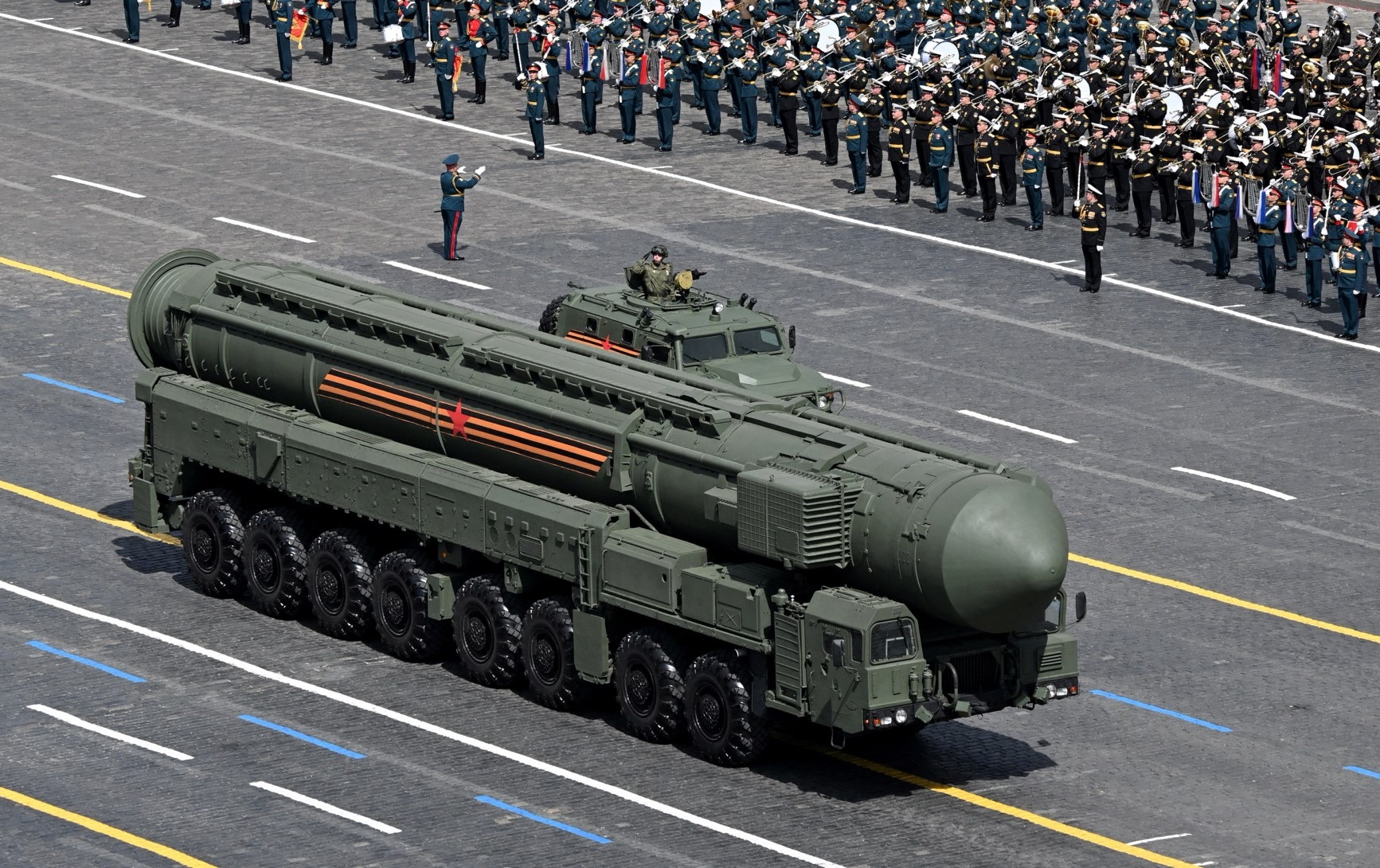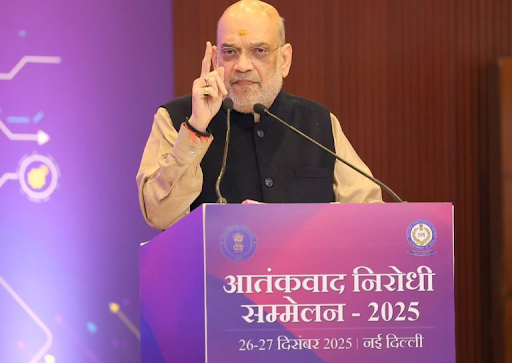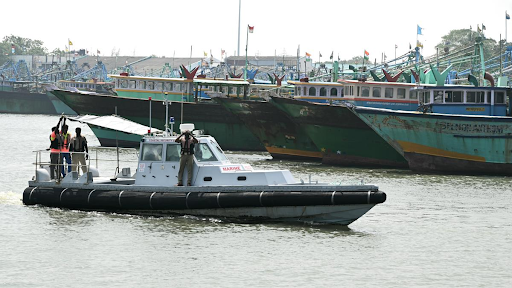




Source: REUTERS
Disclaimer: Copyright infringement not intended.
RS-24 Yars has recently drawn global attention due to its planned launch amidst the ongoing Ukraine conflict.
The RS-24 Yars with NATO designation: SS-29 is a Russian MIRV-capable intercontinental ballistic missile that entered service in 2010.
Developed by the Moscow Institute of Thermal Technology it is intended to replace aging Soviet-era missiles like the SS-18 Satan and SS-19 Stiletto.
|
Feature |
Details |
|
Propulsion |
Three-stage, solid-fuel propellant |
|
Warhead Capability |
Up to 10 MIRVs (Multiple Independently Targetable Re-entry Vehicles) |
|
Range |
2000 km to 10500 km |
|
Launch Platforms |
Both silo-based and road-mobile launchers |
|
Guidance System |
Inertial + GLONASS satellite navigation |
|
Length / Diameter |
22.5 meters / 2 meters |
|
Launch Weight |
49000 kg |
|
Warhead Yield |
Each MIRV: ~300 kilotons (thermonuclear) |
|
Defence Evasion |
High maneuverability + active/passive decoys |
ICBM is a long-range guided missile primarily designed for nuclear weapons delivery. It can travel a minimum range of 5500 km and can be launched from land-based silos, mobile launchers, submarines or even aircraft.
|
Feature |
Details |
|
Payload |
Can carry nuclear or conventional warheads; includes Multiple Independently targetable Reentry Vehicles |
|
Trajectory |
Follows a ballistic arc, passing through exosphere (~1,200 km altitude) |
|
Speed |
Mach 20+ at re-entry |
|
Launch Platforms |
Land (silo/truck), Sea (submarines), Air |
|
Guidance |
Inertial navigation system (INS), satellite/GPS guidance, astro-inertial |
|
Countermeasures |
Decoys, maneuverable re-entry vehicles, stealth technology |
Boost Phase: Rocket motors ignite and push the missile out of the atmosphere.
Midcourse Phase: Coasting in space; warheads separate and follow ballistic paths.
Reentry Phase: Warheads re-enter Earth’s atmosphere and descend to targets.
|
Country |
Notable ICBMs |
|
USA |
Minuteman III, LGM-35 Sentinel |
|
Russia |
RS-28 Sarmat, Topol-M |
|
China |
DF-41, DF-5B |
|
India |
Agni-V (range ~5,000–5,500 km) – technically not ICBM but close |
|
North Korea |
Hwasong-15, Hwasong-17 |
|
France, UK |
Submarine-launched ICBM capability |
|
Missile |
Range |
Status |
ICBM Status |
|
Agni-I |
700–900 km |
Operational |
No |
|
Agni-II |
2,000–3,000 km |
Operational |
No |
|
Agni-III |
~3,500 km |
Operational |
No |
|
Agni-IV |
~4,000 km |
Operational |
No |
|
Agni-V |
~5,000–5,500 km |
Operational (canisterized) |
Near-ICBM |
|
Agni-VI |
Under development (range >8,000 km) |
R&D stage |
ICBM |
For India
Strengthens deterrence posture especially against China.
Supports credible minimum deterrence under India’s No First Use nuclear doctrine.
Enhances second-strike capability with canister-based launchers and MIRV potential.
Global Implications
ICBMs are a central component of nuclear triads.
Fuel global arms race and strategic instability if not regulated.
Proliferation concerns with states like North Korea and Iran testing long-range delivery systems.
|
Treaty/Initiative |
Relevance to ICBMs |
|
Outer Space Treaty (1967) |
Prohibits placing nuclear weapons in orbit |
|
Strategic Arms Reduction Treaty (START) |
Limits number of ICBMs and warheads (USA-Russia) |
|
MTCR (Missile Technology Control Regime) |
India is a member; restricts export of long-range missile tech |
|
Hague Code of Conduct |
Promotes transparency in ballistic missile launches |
Sources:
|
PRACTICE QUESTION Q. The advancement of ICBM technology challenges the goal of global disarmament. In this context, analyze the effectiveness of existing international arms control regimes. 250 words |





© 2026 iasgyan. All right reserved